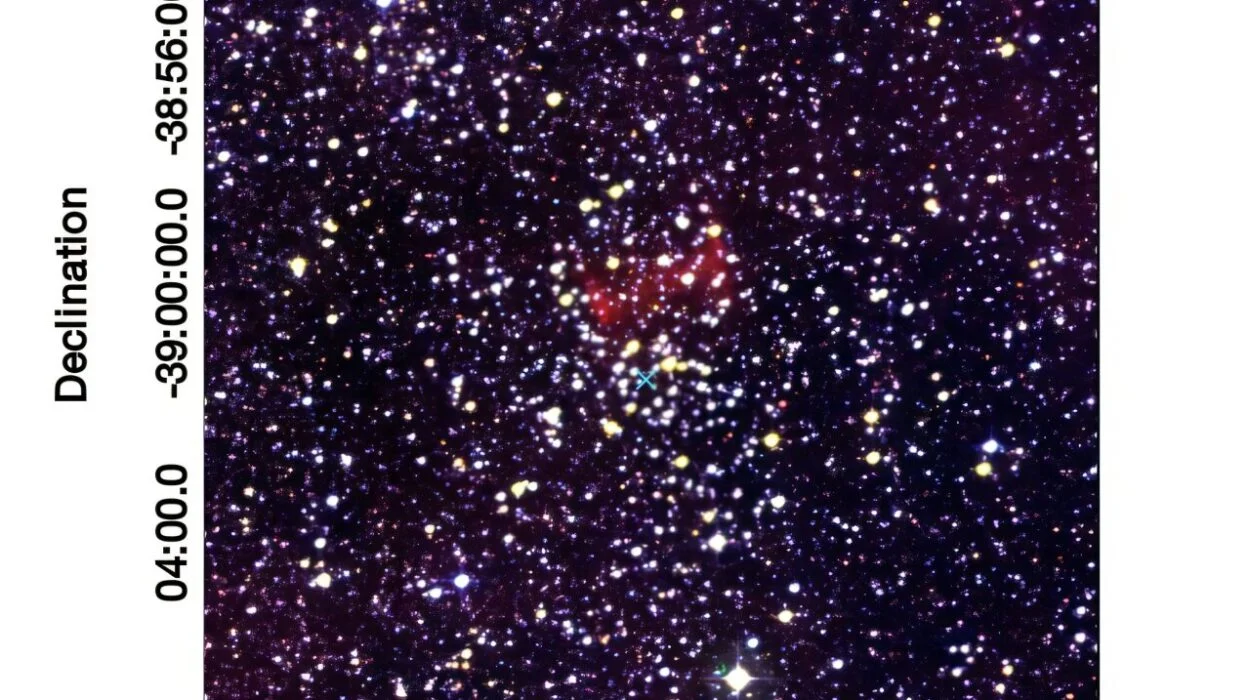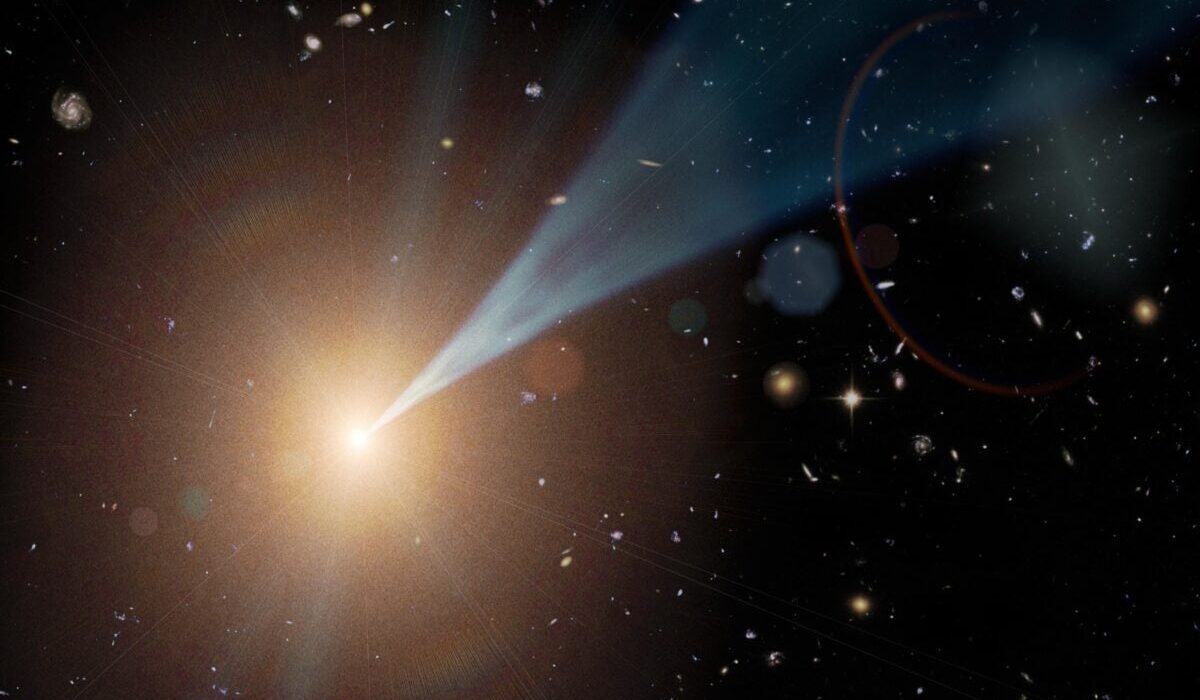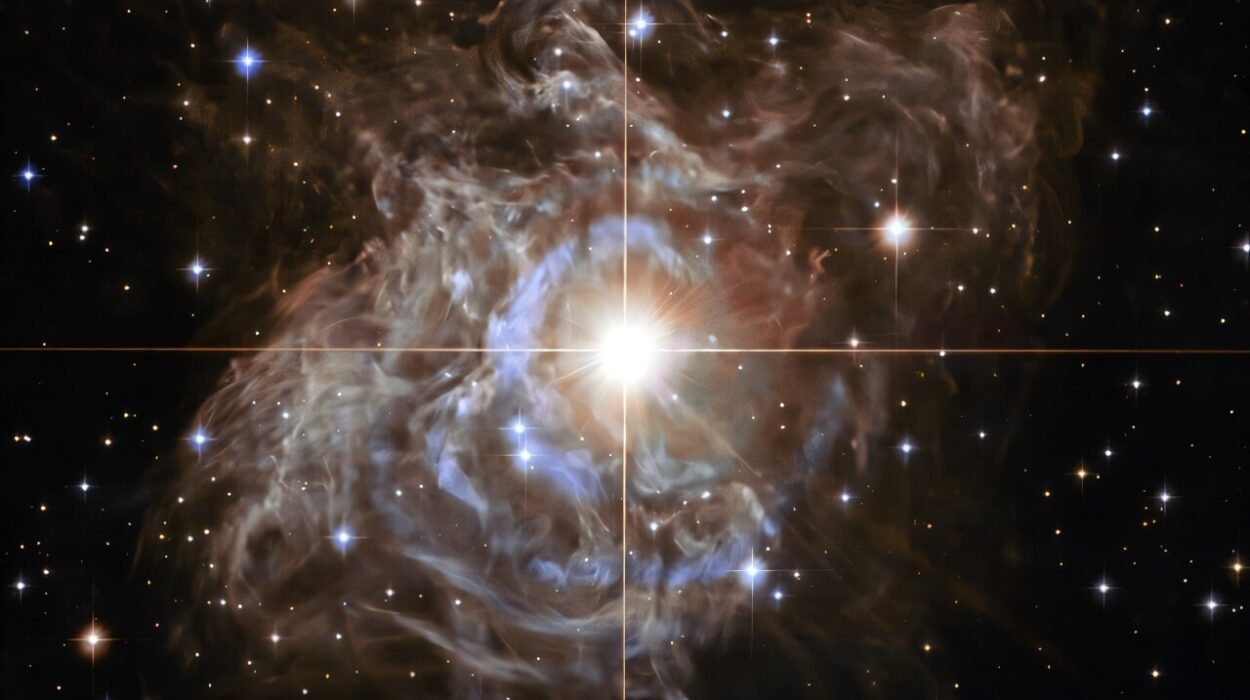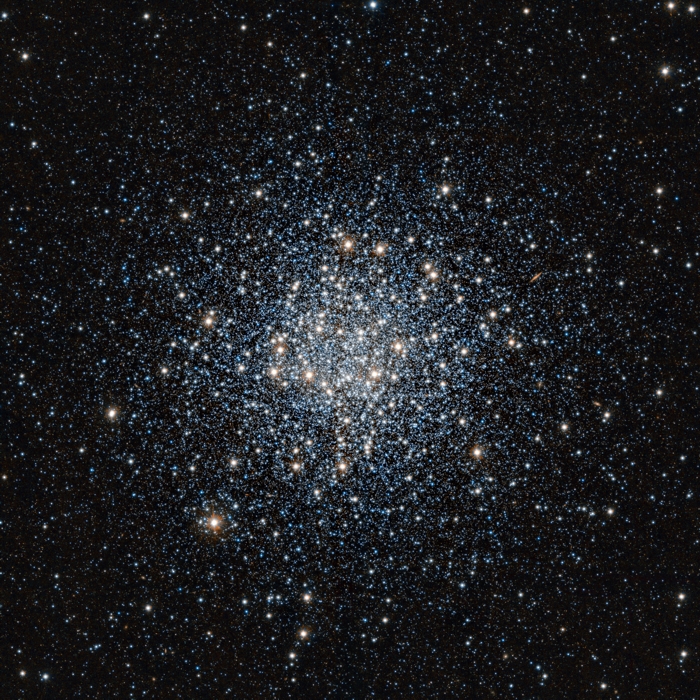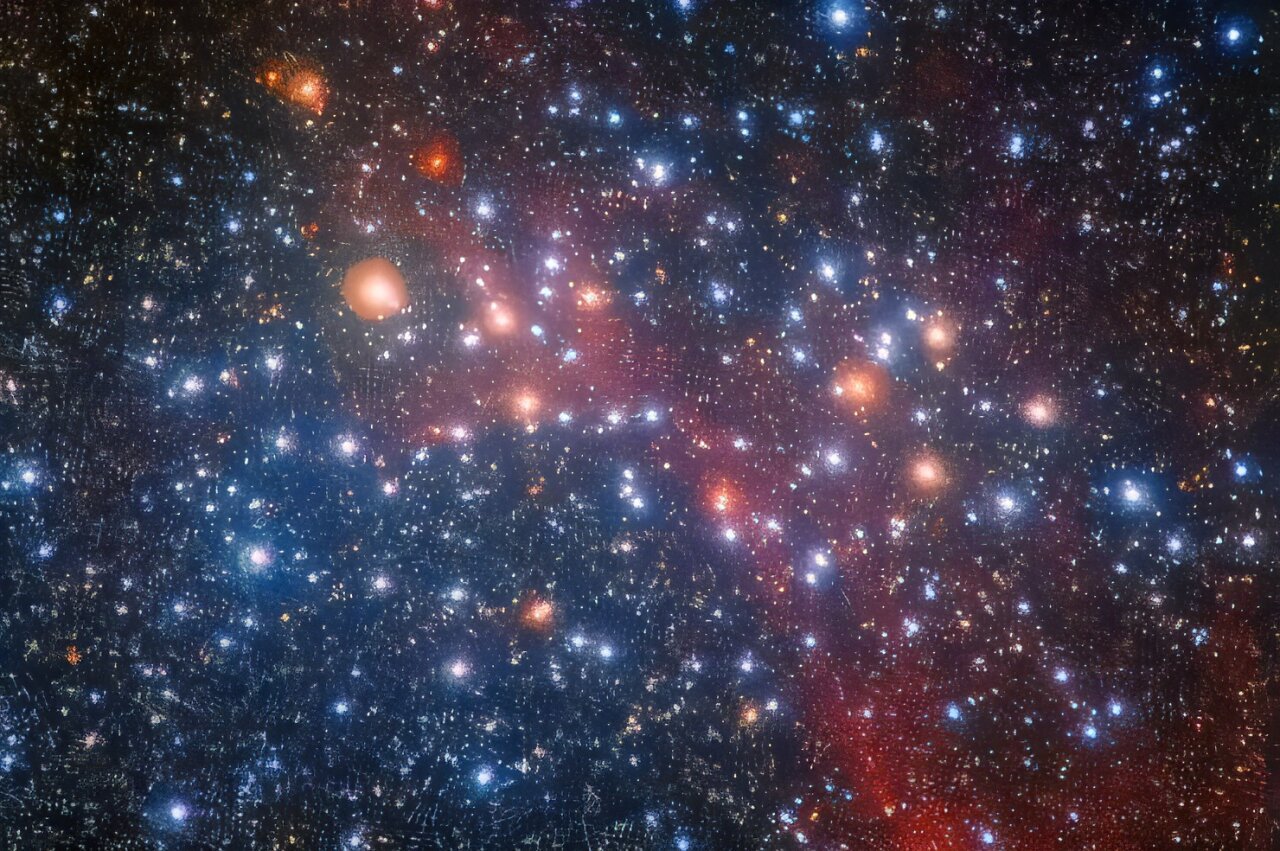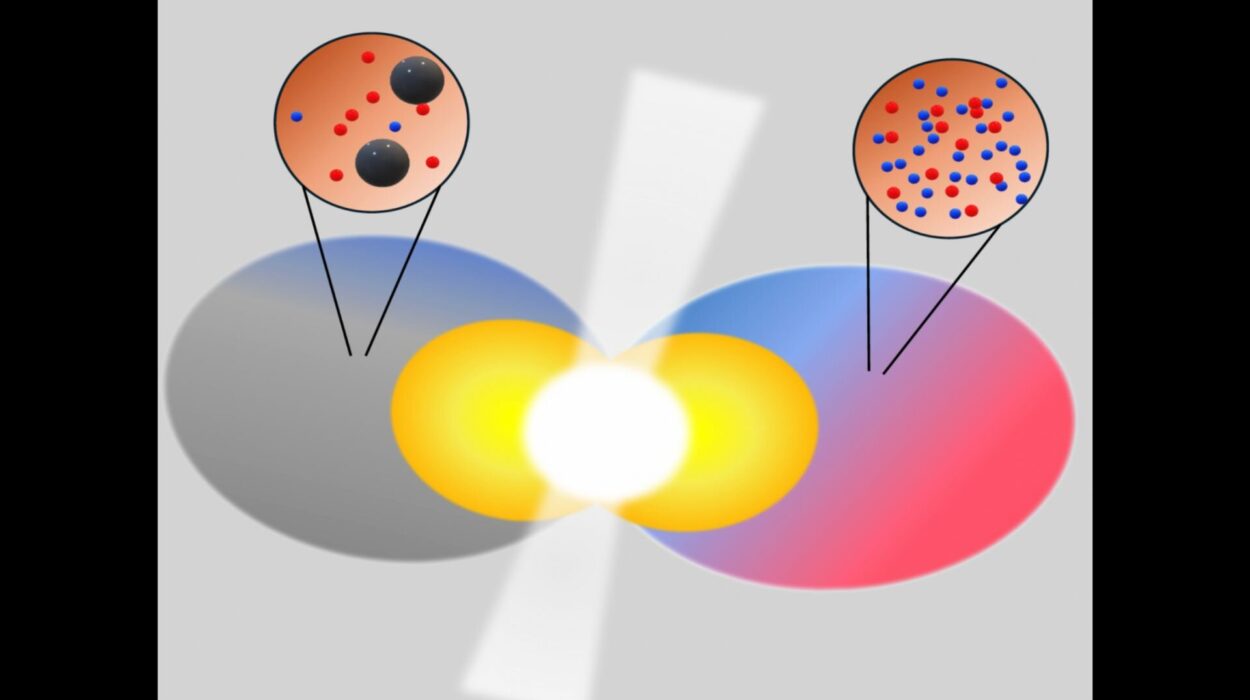Deep within the silent expanse of the Milky Way, a shimmering cluster of stars has long held its secrets close. Known as NGC 2506, this cosmic gathering of ancient suns has intrigued astronomers for decades. It is an open cluster—one of countless stellar families born from immense clouds of gas and dust, bound loosely together by gravity and separated slowly by the passage of time.
But despite numerous studies, NGC 2506 remained something of a puzzle. Its age, distance, and chemical composition—key clues to its history—were uncertain, tangled in conflicting data and assumptions. How old was it really? How far away? And what might its stars tell us about how our galaxy grew and evolved?
Now, thanks to a collaboration between researchers from Ege University in Turkey and colleagues around the world, the mystery is beginning to unravel. Using the combined precision of the European Space Agency’s Gaia satellite and NASA’s Transiting Exoplanet Survey Satellite (TESS), astronomers have taken a closer look at this ancient cluster, revealing its secrets with unprecedented clarity.
The Family of Stars That Formed Together
To understand the significance of NGC 2506, one must first grasp the concept of an open cluster. These clusters are like stellar siblings—groups of stars that were born from the same giant molecular cloud, sharing similar ages and chemical compositions. Unlike the dense, tightly bound globular clusters that orbit the Milky Way’s halo, open clusters are loose, fragile systems. Over hundreds of millions of years, the gravitational tugs of the galaxy gradually scatter their members across the sky.
Studying open clusters is like studying the family album of our galaxy. They tell us how stars form, age, and die, and they hold vital clues about how the Milky Way itself evolved over billions of years. Every cluster, every star, adds a brushstroke to the portrait of our cosmic home.
NGC 2506, located about 12,700 light-years away in the direction opposite the galactic center—a region known as the galactic anti-center—is one such stellar family. It spans about 18.5 light-years across and glows faintly in the southern constellation of Monoceros, the Unicorn. To the naked eye it is invisible, but through a telescope it appears as a misty patch of diamond-like specks—a tranquil snapshot of a cosmic community frozen in time.
The Search for Clarity
Over the years, astronomers have studied NGC 2506 from many angles, but their conclusions often disagreed. Some estimates placed its age at 1.5 billion years, while others doubled that figure to more than 3 billion. Even its distance, composition, and the degree to which interstellar dust dimmed its light (a property known as “reddening”) remained uncertain.
Why such confusion? Because measuring a star cluster’s properties is like trying to piece together a story from incomplete evidence. Astronomers must rely on light—its color, brightness, and motion—to infer the physical conditions of faraway suns. The data are vast, complex, and easily misinterpreted if even one assumption is off.
That’s where modern space telescopes like Gaia and TESS come in. Gaia, launched by the European Space Agency, has been mapping the positions and movements of over a billion stars with extraordinary precision. TESS, operated by NASA, focuses on detecting tiny dips in starlight caused by orbiting planets—but its ultra-sensitive cameras are equally useful for studying variable stars and binary systems. Together, they form a powerful toolkit for decoding the secrets of clusters like NGC 2506.
The Power of Binary Stars
The research team, led by Ege University astrophysicist Kadri Yakut, decided to focus on one of astronomy’s most reliable tools: binary star systems. These are pairs of stars that orbit around each other, bound by gravity in a celestial dance.
Binary stars are more than just beautiful—they are scientific gold mines. When two stars eclipse each other, their combined light flickers in measurable ways. And when their spectral lines shift due to motion, astronomers can calculate their masses, radii, and temperatures with remarkable accuracy. Essentially, binary systems act as cosmic laboratories, allowing researchers to test theories of stellar structure and evolution.
Yakut’s team selected five double-lined binary systems within NGC 2506—meaning both stars in each pair could be observed distinctly in their light spectra. Two of these systems were also eclipsing binaries, where the stars periodically pass in front of one another. These stellar pairs, with masses between one and one-and-a-half times that of our Sun, became the key to unlocking the cluster’s true nature.
A Clearer Picture Emerges
By combining data from Gaia and TESS with ground-based spectroscopic observations, the team was able to precisely determine the properties of these binary stars—and, through them, the broader characteristics of the entire cluster.
The results were illuminating. The researchers found that NGC 2506 has a metallicity—a measure of how many elements heavier than hydrogen and helium it contains—of about -0.3, meaning it is relatively metal-poor compared to the Sun. This suggests that it formed at a time when the Milky Way was still young, before successive generations of supernovae had enriched the interstellar medium with heavier elements.
The cluster’s age was determined to be around 1.94 billion years, placing it firmly in the category of intermediate-age clusters. And perhaps most intriguingly, its distance was recalculated to be approximately 10,400 light-years, somewhat closer than previous estimates.
In essence, NGC 2506 has now been pinned down more precisely than ever before. Its stars are younger and less chemically enriched than once thought, and its refined distance provides a benchmark for testing theoretical models of stellar evolution.
A Window Into the Past
What does all this mean in the grand cosmic story? Each cluster like NGC 2506 acts as a time capsule, preserving the conditions of the Milky Way at the moment of its birth. By studying clusters of different ages and compositions, astronomers can reconstruct how our galaxy has changed—how it built its stars, recycled its gas, and formed the spiral arms we see today.
NGC 2506, with its moderate age and low metallicity, offers a snapshot of a transitional period in galactic history. It formed at a time when star formation in the Milky Way’s outer regions was still vigorous but the chemical enrichment process was well underway. Its well-measured binaries now serve as calibrators for refining the models that describe how stars of different masses evolve over time.
The researchers emphasize that their methods go far beyond a single cluster. “The methodology is scalable and readily applicable to other clusters with suitable spectroscopic binaries,” the team noted in their paper. In other words, the same approach can be used to unlock the secrets of many more clusters—each one a new piece of the galactic puzzle.
More information: K. Yakut et al, A Deep Look into the Intermediate-Age Open Cluster NGC 2506: What Binary Systems Reveal About Cluster Distance and Age, arXiv (2025). DOI: 10.48550/arxiv.2510.06320

